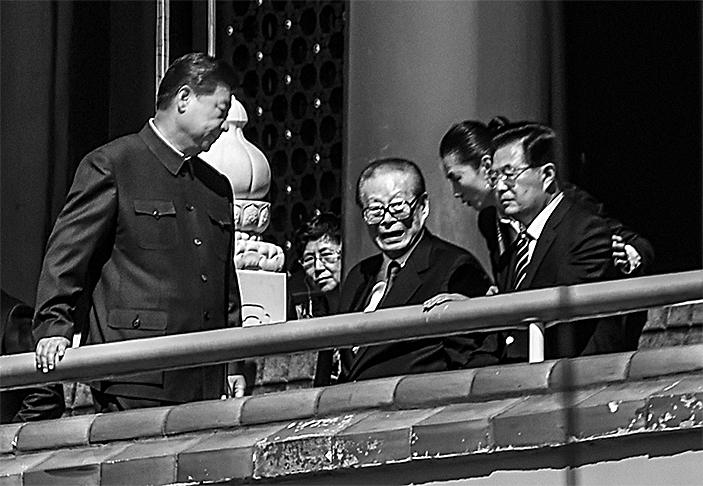Commentary
Chinese media outlets reported on March 29 that China’s Ministry of Science and Technology and other government departments have recently issued successive policies in an attempt to solve what they call “bottleneck issues,” including the shortage of chips and key technologies. However, the shortage of industrial gases, especially electron specialty gases, is a big problem and the situation is exacerbated by recent market price fluctuations. They are essential raw materials for manufacturing chips and for many other sectors, including national defense and aerospace.





